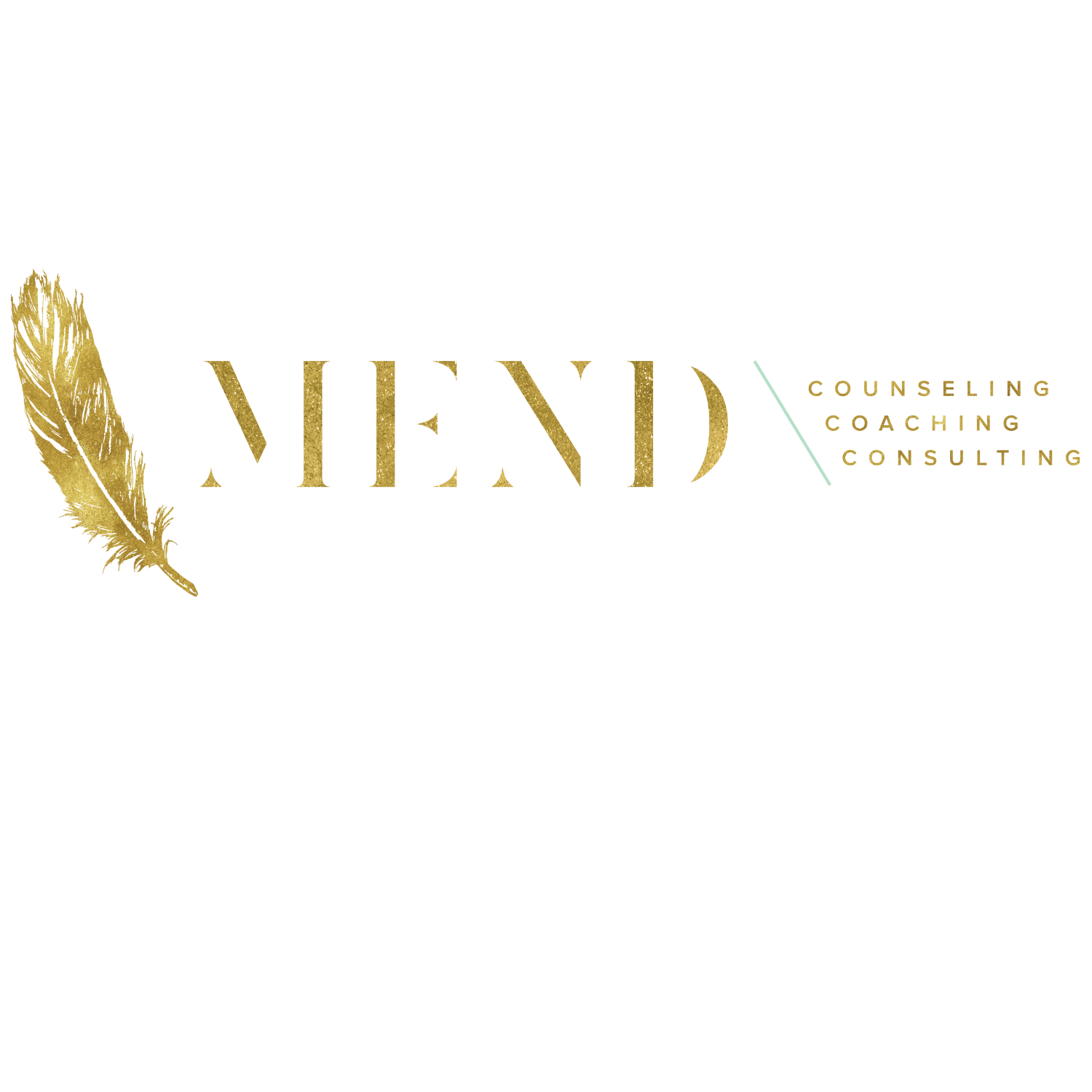We want to avoid this deprivation cycle so we can trust our bodies more. In order to break this crappy cycle you’ve got to ditch your food rules and permit yourself to eat what you want, no strings attached!
Principle 4: Challenge the Food Police
The “food police” are basically people in your life, or voices in your noggin, that have dedicated their time to constantly reminding you about diet culture rules and what not.
There are “destructive voices” that leave you feeling hopeless and guilty after each interaction, but then there are also “ally voice” which help you combat diet culture.
The Destructive Voices are categorized as:
o The Food Police – tell you if you’re ‘good’ or ‘bad’ in relation to your food choices
o The Nutrition Informant - enforce dieting by using nutrition facts in a not so helpful way
o The Diet Rebel – make rebellious comments about your food choices and leave you in a “oh yeah, well I’ll show you!” mood
The Ally Voices are categorized as:
o The Food Anthropologist – make neutral, non-judgmental observations about food or eating
o The Nurturer – provide positive self-talk about food choices
o The Rebel Ally – protect against those voices that invade and say they know better than we do. This one is a new Ally Voice, YAY!
o The Nutrition Ally - help you make decisions about foods that will give you energy, health, and satiety, along with satisfaction
o The Intuitive Eater - guide you using your own wisdom to make the best decisions for your body’s needs
***Be mindful that the Nutrition Ally and The Intuitive Eater voices can be challenging to decipher if you haven’t fully embraced the intuitive eating principles
Be on the look out for negative self-talk and when it occurs, swap it with positive self-talk!
Principle 5: Feel Your Fullness —> Principle 5: Discover the Satisfaction Factor
Feeling satisfied during and after eating helps us feel content with our eating, rather than be left feeling like something is missing or leaving us wanting a little something more.
So how do you identify what is satisfying?
Ask yourself a few questions like:
“What taste sounds appealing?”
“What texture sounds interesting?”
“What smell would be pleasing?”
“What temperature would be enticing?”
“What food would be visually appealing?”
Try making food choices based on the above questions rather than what diet culture has convinced you that you should be eating. Being present, mindful, and in a relaxed/calm environment can definitely help with improving the satisfaction factor too!
Principle 6: Discover the Satisfaction Factor —> Principle 6: Feel Your Fullness
In order to feel your fullness you have to first be able to honor your hunger, meaning that you eat when you are at an appropriate level of hunger rather than waiting until you are ravenous or hangry. Once our bodies trust us to eat what we actually want we can see what being physically full in a satisfied way is all about (this is know as “satiety” – meaning to satisfy fully). Being able to recognize satiety comes with practice if you’ve been far removed from your natural intuitive eating abilities. But, fear not, if you practice mindful eating by checking in with your hunger and fullness levels before, during, and after eating you can become more familiar with how you as an individual experience physical fullness and satiety.
Principle 7: Cope with Your Emotions without Using Food —> Principle 7: Cope with Your Emotions with Kindness
Feeling your feels as I call it is totally normal and it’s important to learn how to deal with our feels (emotions). Whether you’re feeling bored, anxious, celebratory, sad, happy, hurt, lonely, mad, etc. remember that all emotions have root causes. It’s also important to remember that food is only a temporary fix for suppressing our emotions; food literally does not have the power to fix how we feel permanently because we have to tackle these emotions at the root cause in order to actually cope with them. So dig deep, with the assistance of a therapist perhaps, to figure out what the root cause for all these emotions really are. Once we are able to identify the cause we are able to determine what we actually need to combat them. Be kind to yourself - take a bath, have a long conversation with a friend, get a full nights sleep, take a day off work, sit outside and soak in the sun, or do whatever makes you feel at ease!
Principle 8: Respect Your Body
Humans come in all sorts of different shapes, sizes, and colors! Therefore, we shouldn’t strive to have the same type of body. Usually when I talk about this principle I show my clients the Poodle Science video. Basically this video shows us that there are different dog breeds and that a starved mastiff can never become a poodle (just watch the video, it’ll make more sense). But, besides that fact that all bodies are different in a multitude of ways it is important for us to realize all the amazing things that our bodies allow us to do. For instance, you may be grateful for your hands because they allow you to write or create works of art – take a second to reflect on what you are grateful that your body allows you to do. Now, next time you have negative thoughts about your body remember what is does for you and speak kindly about it. Help yourself feel good in your body by: wearing well-fitting clothes, dressing comfortably, taking a hot bath, getting a mani/pedi, just do whatever you gotta do to show your body some respect!
Here’s the link for the awesome Poodle Science Video: https://www.youtube.com/watch?v=H89QQfXtc-k
Principle 9: Exercise – Feel the Difference —> Principle 9: Movement – Feel the Difference
Movement should make our bodies feel good and bring us joy! It shouldn’t be used as a form of punishment or method of making up for what you’ve eaten. Be mindful of your intentions when you are moving your body, if you are doing it for any reason other than “I just want to,” then don’t do it. Spend time rollerblading in the park, gardening, or reorganizing your crafting supplies; basically just spend time moving your body in a way that is fun and enjoyable! Remember mindful movement doesn’t have to be a rigorous workout or last a certain amount of time and that mindful movement does include taking time to rest when necessary, so be sure to listen to your body and allow it time to recover by taking a break if needed.
Principle 10: Honor Your Health with Gentle Nutrition
Before you’re actually able to lean into the concept of gentle nutrition it is important that you’ve truly embraced the other 9 principles and have a healthy relationship with food. If you haven’t fully rejected the diet mentality and made peace with food this principle could potentially take a turn for the worst and become another diet rule. A common misconception about intuitive eating is that it does not value health, but it does! The principles of intuitive eating are designed to help you discover your inner wisdom and be able to make decisions that best serve you and your body’s needs. Gentle nutrition is all about allowing yourself to enjoy foods in balance, moderation, and variety but in a way that never feels restrictive because you no longer deem foods as good or bad or off limits! Just remember to stay hydrated, eat carbs (fuel our brains), throw in some fruits and veggies (provide us with fiber so we don’t get backed up), add some fats (help our bodies absorb certain nutrients), and call it day! Yes, food is meant to fuel our bodies and what not but that doesn’t mean it’s food’s sole purpose in life. Food is 1000% meant to provide us with joy too!
Well, I hope you found this little breakdown about the 10 intuitive eating principles helpful. If you are still feeling a bit confused or want to know more, I would highly encourage you pick up the newest edition of the Intuitive Eating book and to reach out to a registered dietitian that specializes in Health At Every Size and Intuitive Eating.






















